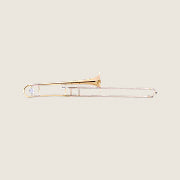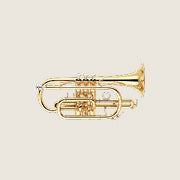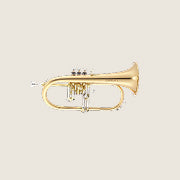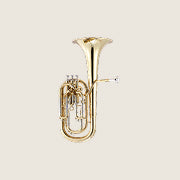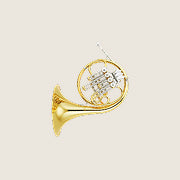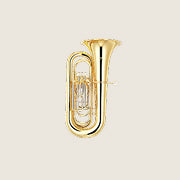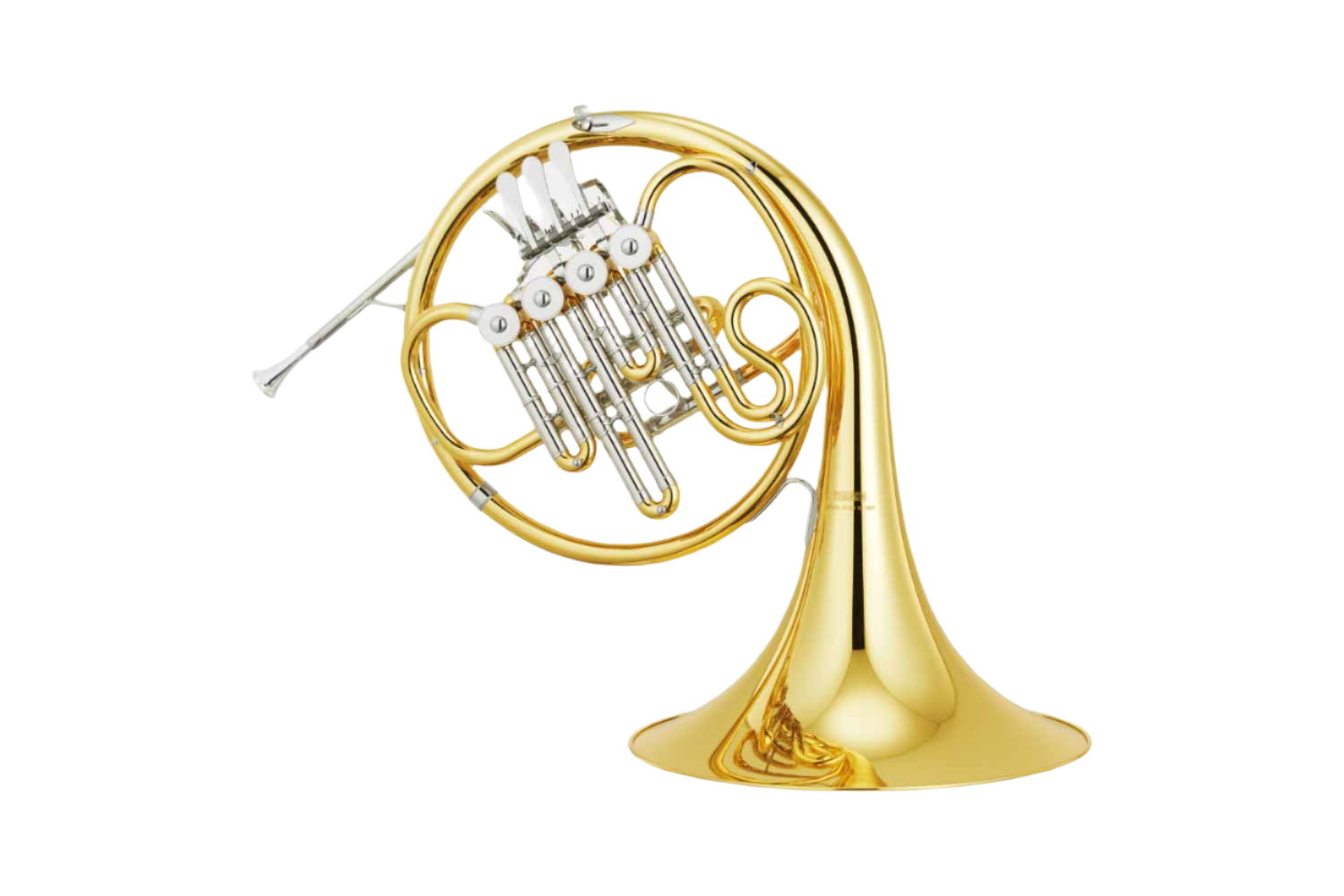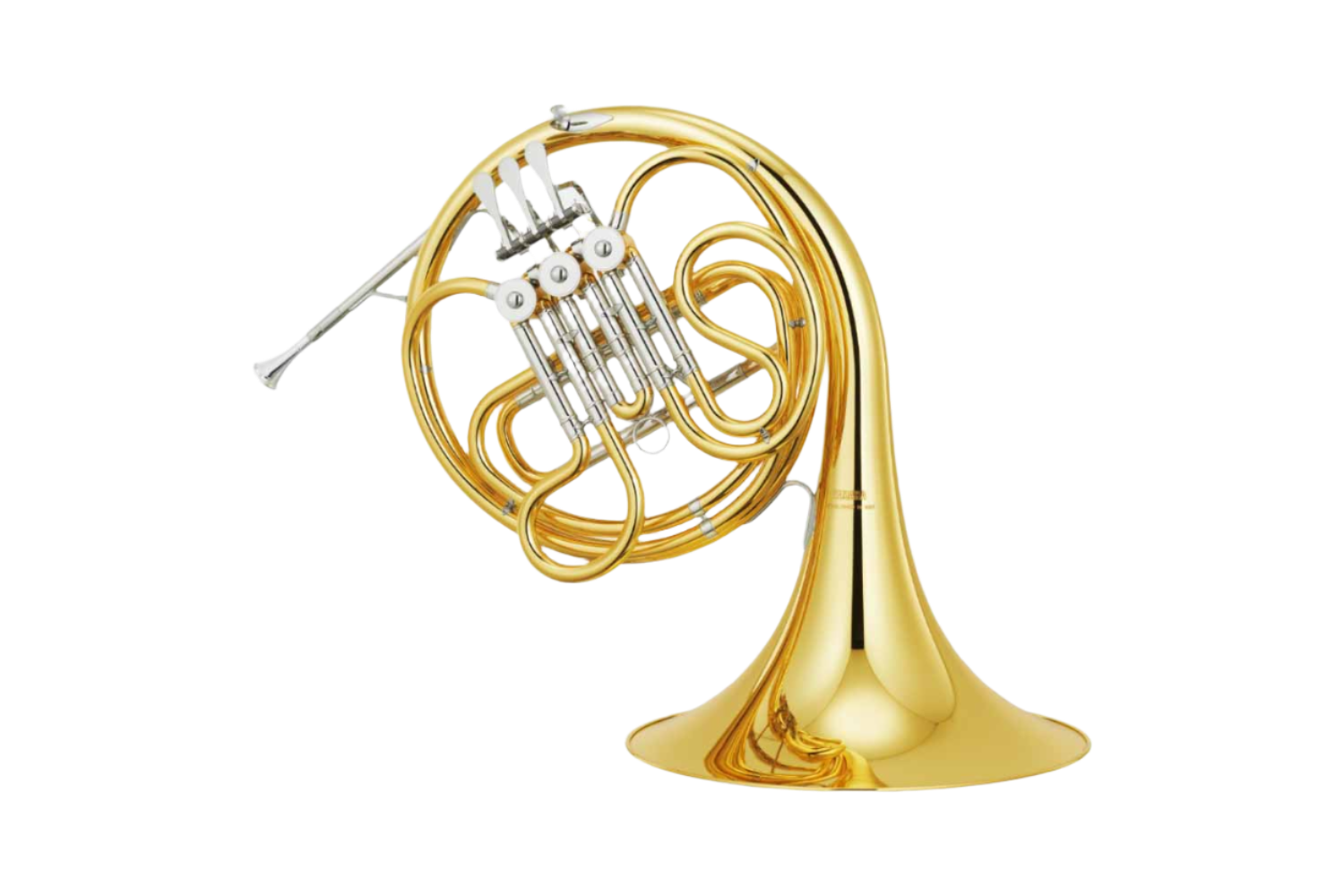Filters
Sort by Featured
The horn is a copper bladder instrument. Thousands of years ago, the horn was used for the first time. Then these instruments were still made from the horns of animals. So here's the name of it. The instrument was then used mainly during the hunt. It passed certain signals. Nowadays, the horn is a versatile and popular musical instrument. It is widely used in ensembles and orchestras, but also as a solo instrument. The horn is called French horn or French horn.Read more ...
|
 |
Construction of the horn
The material that the horn is made these days is called copper. This is a soft metal. It has an antibacterial and disinfecting effect of its own. Ideal therefore to make a musical instrument.
The horn is like a kind of rolled-up tube. The total length of this tube is about four meters. The instrument consists of a mouthpiece, the valve and the cup. The sound is generated by air through the mouthpiece, blowing through the instrument. By pressing and releasing the valves, you can create different tones. By the valves the distance that the air in the instrument needs to lay down is shortened. This allows you to create high and low tones.
The althoorn
Often, one wonders what is actually the difference between a horn and the althoorn. Actually, it's just a very different instrument. The shape is different and the sound does not look like one another at all. The French horn is usually voted on in berry, while the althoorn is correct in es. The althoorn is mainly popular among the brassbands.
 |
 |
 |
Maintenance
It is important to keep the cylinders regularly oils. All the way when the instrument is played less frequently. For this you will first get all the pumps out of the horn. You can get as straight as possible to dribble on the cylinder. The cylinders need to be a little bit moved. After that the pumps can be pushed back. Also the top and bottom can be oils. You usually do this with a slightly thicker oil. You can also instantly bring all the moving parts and hinges.
Pumps
The pumps should be burgled regularly. This allows you to slide them back and forth smoothly. If this doesn't happen enough, you'll need a little more power to get the pumps loose. Often 'shoot' this one in one go, releasing them with a dent in the cup as a result. After playing it is important to get a brush through your mouthpiece. This prevents attack and keeps it hygienically. The mouth tube and pumps should also be cleaned occasionally with a wiper. After this you can rinse it with lukewarm water never forget to bring your instrument once a year for a maintenance turn. This is how you know for sure that you can enjoy your horn for as long as possible.
Mouthpieces for horn
The nozzle is usually made of brass. A layer of silver or gold has been placed over this. This will prevent any poisoning of the brass. The bigger the cup of your mouthpiece is, with the more volume you can play. The smaller the diameter, the easier it is to play high notes. You can also look out for the thickness of the rim. When it is wide, it is playing longer to be maintained. This is because the pressure on the lips is less. At a narrow rim, the transition between high and low notes is easier. The sharpness of the rim is also something to watch out for. A sharp rim gives a clear sound and a sharper impulse. On the other hand, a rounded rim plays a lot more comfortable.


